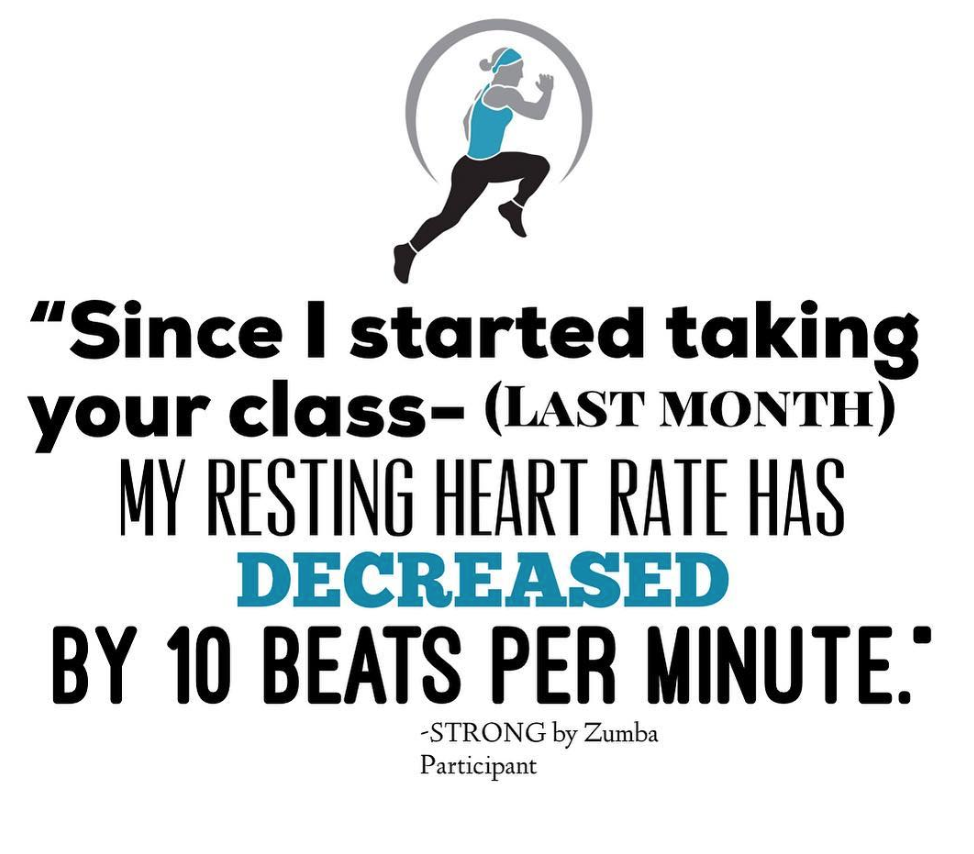02/21/2019
Let’s address a number that is TOO OFTEN ignored in the #wellness space of #socialmedia. -
RHR (also known as Resting Heart Rate)
-
What is it? And What does it mean?
-
Thankfully this is one #nerdy term that says it like it is-
It’s the amount of times your HEART BEATS PER MINUTE (or bpm) when AT REST. -
A normal RHR for an adult is anywhere between 60-100 beats per minute (again, after no #activity- sitting or just after waking up) -
Yeah, Jamie but what does this number imply?
And WHY is a LOWER number a better indicator of #health?
-
UNLIKE the number that pops up on the scale, your resting heart rate *unless you have a cardiovascular impairment or disease* is a far better indicator of health than your weight. -
Let’s take FRED for example- say Fred’s RHR is 70 bpm.
That means that Fred’s heart pumps 70 TIMES in that minute to get the appropriate amount of blood circulated throughout his (or her?-haha) body. -
Let’s say that “FRED” has been working out for a month and NOW his RHR is 65 bpm.
WHAT THAT MEANS and WHY THAT’S SO FREAKIN’ AWESOME-
is that NOW, Fred’s heart can PUMP the SAME amount of blood through his system in LESS beats. -
Fred’s HEART is STRONGER than it used to be. -
Some things that are associated with a HIGHER resting heart rate tend to be- an increased risk of cardiovascular disease, decreased cardiovascular strength and also premature death. -
And As my student said yesterday, “I like to think of it as ‘adding beats to my life’” 😁😁😁
-
which made THIS proponent of movement smile EAR TO EAR!
-
So if you are a ‘numbers’ person and love focusing on progression, I encourage you to let the number of the scale take a back seat and make your resting heart rate one of the ones you celebrate!
-
(NOTE: When taking your RHR, make sure to take it multiple times throughout the day as well as know that stress, anxiety, (CUPS OF COFFEE YOU’VE CONSUMED), medications etc. can all have an effect on your RHR.
